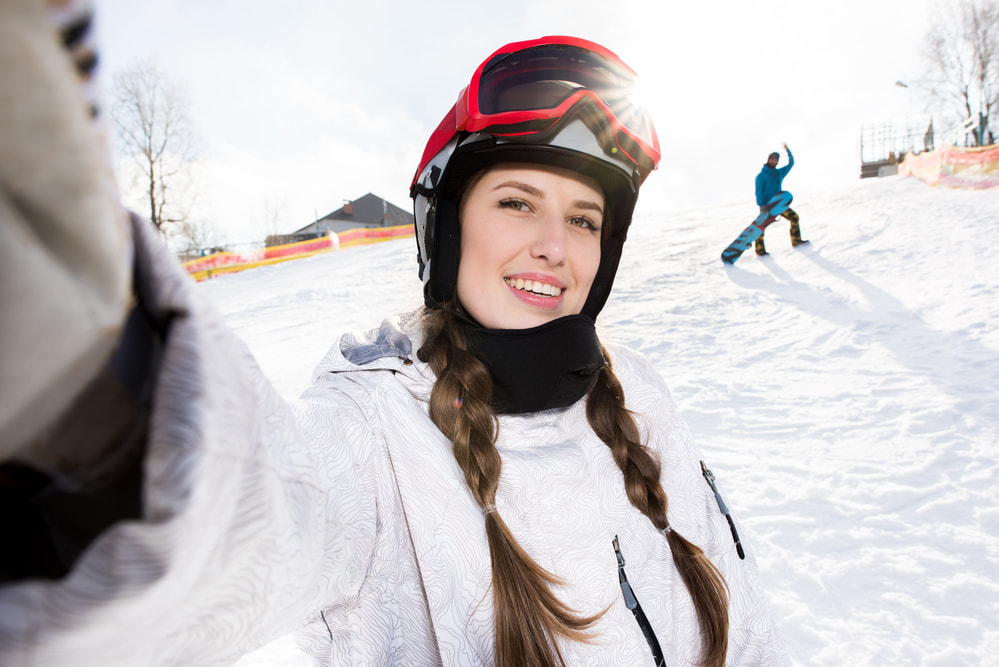What is snow blindness?Although snow blindness does not actually make you lose your vision, it does affect your eyes and can lead to painful symptoms. According to the American Academy of Ophthalmology, snow blindness is a type of photokeratitis that develops due to too much exposure to UV rays reflected off the snow. It is more common in high mountain areas due to the increased elevation, but it can develop elsewhere. CausesThe UV rays from the sun lead to snow blindness. Just as the sun can burn your skin, it can also burn the eyes. The cold air may also contribute to snow blindness. The cold air can dry and freeze the surface of the cornea. Snow blindness is much more likely to develop if someone spends a lot of time outside in the snow or ice. Activities such as mountain climbing, snowmobiling, and skiing are associated with snow blindness. SymptomsJust like a sunburn, symptoms of snow blindness do not appear until the damage is done, which is why prevention is so vital. Usually, symptoms appear about six to eight hours after UV exposure and may include:
DiagnosisSnow blindness is usually diagnosed through an eye exam and a symptom review, but people that are having symptoms of snow blindness should always go to their eye doctor. Some of the symptoms of snow blindness are shared by other types of eye disorders. TreatmentAccording to Ohio State University, usually minimal treatment is needed for snow blindness. Symptoms typically improve in a few days. But it may take about a week for symptoms to clear up completely. Treatment is usually aimed at decreasing discomfort as the eyes heal. Treatment may include the following:
PreventionSnow blindness is preventable. You don’t have to avoid spending time outdoors on the slopes to avoid the condition. But there are some simple steps you can take to decrease your risk of snow blindness. Consider the following tips:
Wear proper eye protection. Wear sunglasses or snow goggles that provide 100 percent protection from UVA and UVB rays. Use protective eyewear even if the sun is not out. The rays from the sun can reflect off the snow even if it is cloudy out. Consider taking a few breaks throughout the day. If you are skiing or snowboarding, take a break after a few hours to give your eyes a rest from the sun. If you notice any symptoms of snow blindness while you are outside, get out of the sun and go inside. If you have any questions about snow blindness or any other eye problem, we are happy to help. Also, if you would like to schedule an appointment, please call our office at 508-746-8600. Comments are closed.
|
EYE HEALTH BLOGCategories
All
Archives
July 2024
|
|
Kadrmas Eye Care New England
55 Commerce Way, Plymouth, MA 02360
14 Tobey Road, Wareham, MA 02571 133 Falmouth Road (Rt 28), Mashpee, MA 02649 |
Phone Number:
1-508-746-8600 Hours: Monday through Friday — 8 AM – 4:30 PM |


 RSS Feed
RSS Feed
